Zilo was facing a technological conundrum. As one of the fast-growing start-up online fashion stores in India, they have a rapidly expanding catalog of products that require better process management.
by YesPlz.AIAugust 2025

Zilo was facing a technological conundrum. As one of the fast-growing start-up online fashion stores in India, they have a rapidly expanding catalog of products that require better process management.
As a fast growing start-up, Zilo wants to be different. They know that no one has the time to plan what clothing to shop for. What Zilo wanted was a seamless online experience where shoppers could:
Discover styles they want anytime and anywhere
Avoid endless product scrolling and second-guessing what pieces match
See highly personalized clothing recommendations 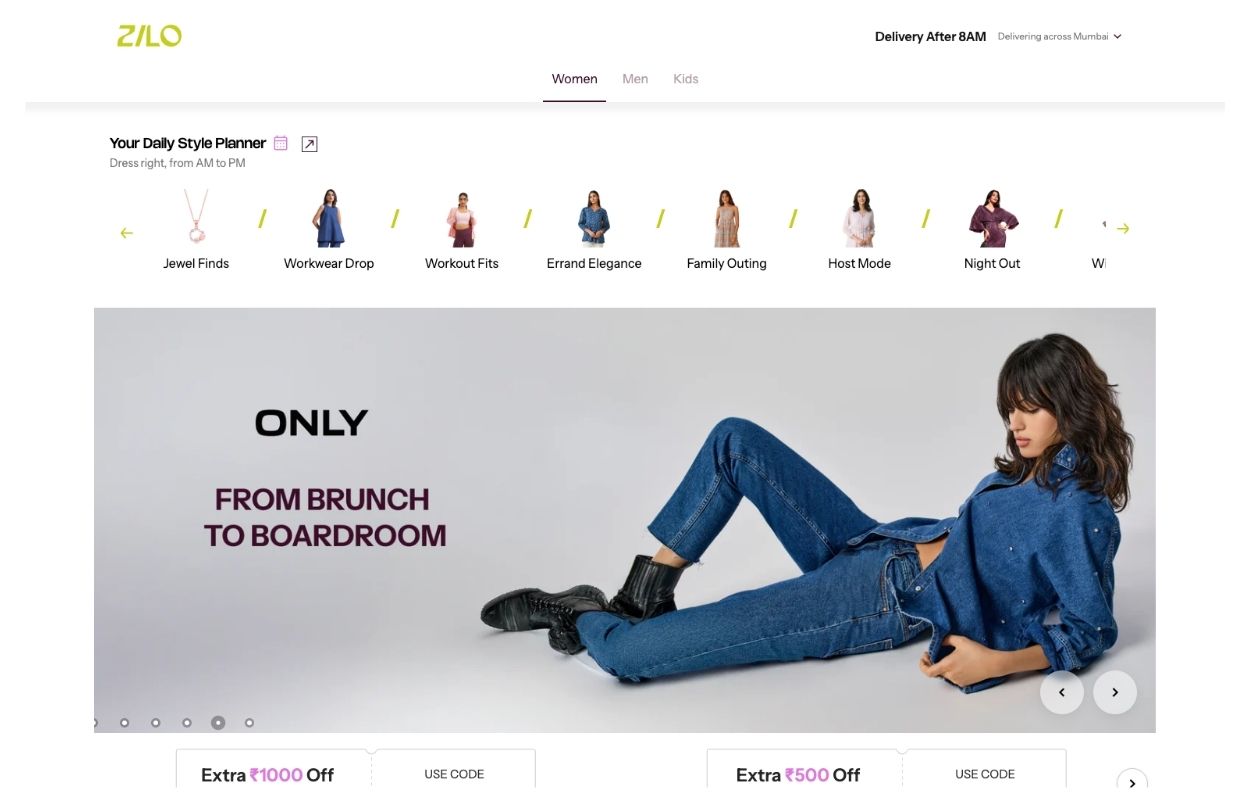 To top it off, Zilo promised delivery within 60 minutes! In essence, Zilo wants to become the "fast-food of fashion"–with style and flare, of course. Their mission: eliminate shopping fatigue entirely.
To top it off, Zilo promised delivery within 60 minutes! In essence, Zilo wants to become the "fast-food of fashion"–with style and flare, of course. Their mission: eliminate shopping fatigue entirely.
But they had some serious challenges:
Frustration from generic, Irrelevant Search Results
Too much time and resources spent on manual product tagging and categorization
A lack of fashion personalization for shoppers
Limited and generic recommendation systems
Their goal was clear to have a system that:
Delivered excellent product discovery
Helped customers find the right products even in a hurry
Gave shoppers the confidence to try new styles
The Zilo team brainstormed and landed on a bold move: AI transformation. But would it deliver?
Zilo’s leadership saw how much consumer expectations have changed: from Netflix to Uber to TikTok, everything now has to be fast, easy, and on-demand.
Personalization wasn’t a luxury—it was the baseline. If YouTube can personalize your feed, couldn’t you do the same with fashion?
As Zilo’s business was growing, so did the catalog, and so did the tasks associated with them. It became harder and more time-consuming to manually tag products. Among other things, the team struggled with:
Categorization—each new product had to be categorized by a human.
Filtering—every product has to be appropriately labeled, manually, to specific filter groupings and tags
The results of these manual processes cannot be denied. As the number of products grew, their catalog management issues became more and more visible. For starters, the tags were sometimes inaccurate. The filters were inconsistent. Ultimately, this all led to an incoherent online store.
Shopify, despite being built for eCommerce, could provide little help. The default search function of Shopify was not adequate to serve Zilo’s unique business.
Zilo was facing a challenge: making the search function efficient so it could show clothing that customers were looking for.
Traditionally, the solution would be to either hire a programming team or buy apps on the Shopify App Store. The former would take too much time, and the latter was not a viable option because, like Shopify, they were not built for Zilo’s specific needs.
Times have changed. People today expect personalization as a basic service. From TikTok to YouTube to Google Search, the data we see are all personalized.
Zilo’s question was: can we apply the same personalization strategy to our eCommerce store?
Customers need guidance. Many shoppers go online with an idea of what to wear, but these ideas are too vague and general. As a result, they are not too convinced with what they see, so they do not buy.
Zilo needed a system that could offer stylist-level recommendations and at scale. However, Zilo lacked the resources and tools to make this happen.
As Zilo was facing these issues, they knew that their competitors were surely working on something similar. Zilo’s options, as mentioned earlier, were:
Hire an additional engineering team
Buy an app
At the get-go, the app was no longer on the table—they are all built to serve generic search, filter, and recommendations functions. What Zilo needed was highly specific.
Hiring a team of programmers was a viable option, but building a custom solution could take months. As you know, every delay in deployment in a hyper-competitive is tantamount to profits lost.
So, what is the best course of action?
Engineering a framework for Zilo’s business requirements was a reasonable choice. However, one has to ask: is reinventing the wheel the best thing to do?
No, it wasn’t. While it was a technical possibility, it still posed the problems of financial investment and time-to-market pressures. The other choice was to partner with an expert company that could deliver fast, fashion-specific, and future-proof solutions.
This is where YesPlz Fashion AI came in. While there are other AI companies that do something similar, YesPlz stood out for the following reasons:
Fashion-specific AI—the AI is highly trained to be efficient and effective in fashion terms, including fashion taxonomy, fashion trends, occasions, vibes, and more.
Modular Discovery Solutions—the components of YesPlz are all ready for integration; Zilo knew they would save not just a significant amount of money but also time, which is a crucial resource in any transformation project.
Flexibility—Zilo has specific needs, and these needs will evolve eventually; they needed a partner who has the flexibility to expand and adjust according to market demands and trends.
Of all the possible options, Zilo chose YesPlz not just because of its tailored, fashion-specific AI, but also for its track record. YesPlz has a proven and working AI that enhances search and recommendation systems for fashion.
Zilo decided to pursue an AI solution instead of engineering a new framework. As a result, they did not have to plan and create from scratch. The solution was to integrate an already-existing fashion-specific AI for product discovery.
What did Zilo have to gain?
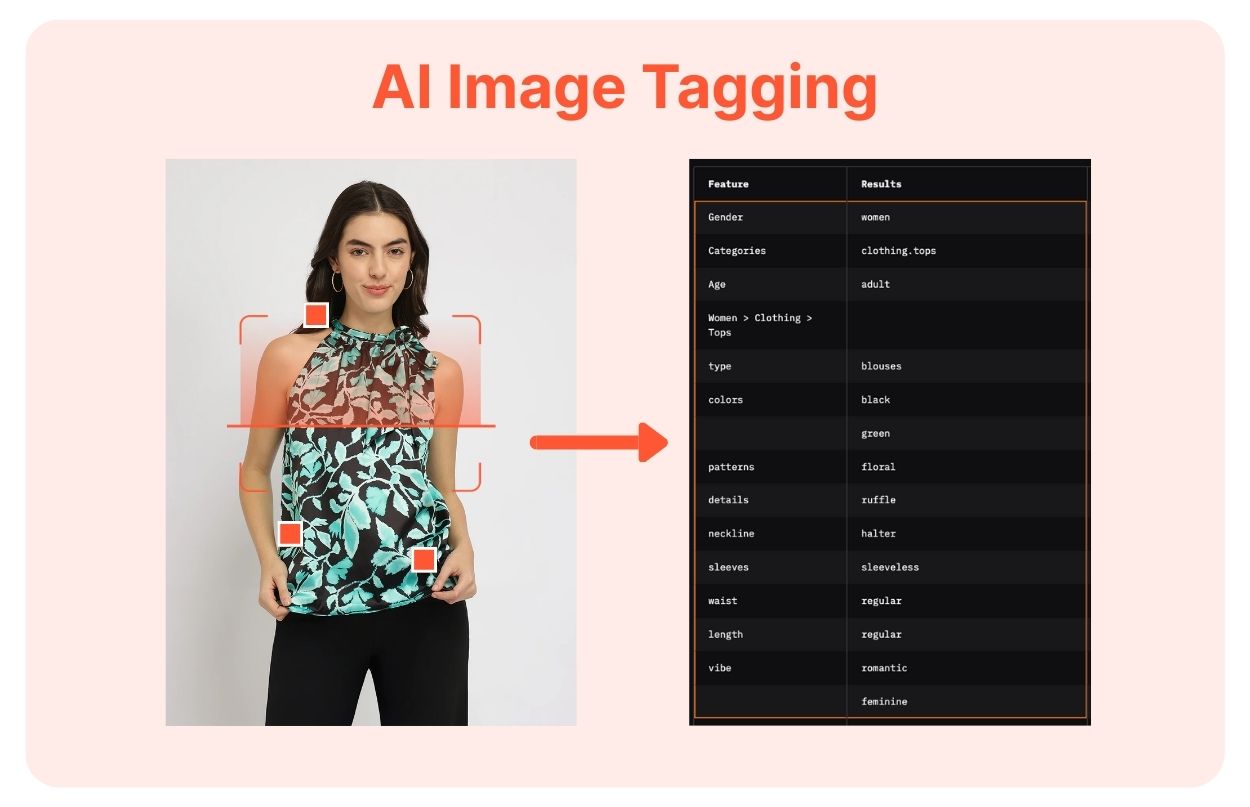 Tagging products used to be a manual task, but not anymore. With AI integration, Zilo has offloaded this manual work to AI.
Tagging products used to be a manual task, but not anymore. With AI integration, Zilo has offloaded this manual work to AI.
The fashion AI has an image embedding technology, which means it can discern concepts from an image and tag these properties accordingly.
The screenshot above shows the tags on the right, all of which are taken from the image on the left. For example, by merely analyzing the image, the AI was able to accurately tag the product as a blouse under type and floral under pattern, etc.
This process used to require human work, but Zilo has now delegated this tedious and repetitive task to an AI. This implementation resulted in a streamlined catalog management process and higher SEO visibility.
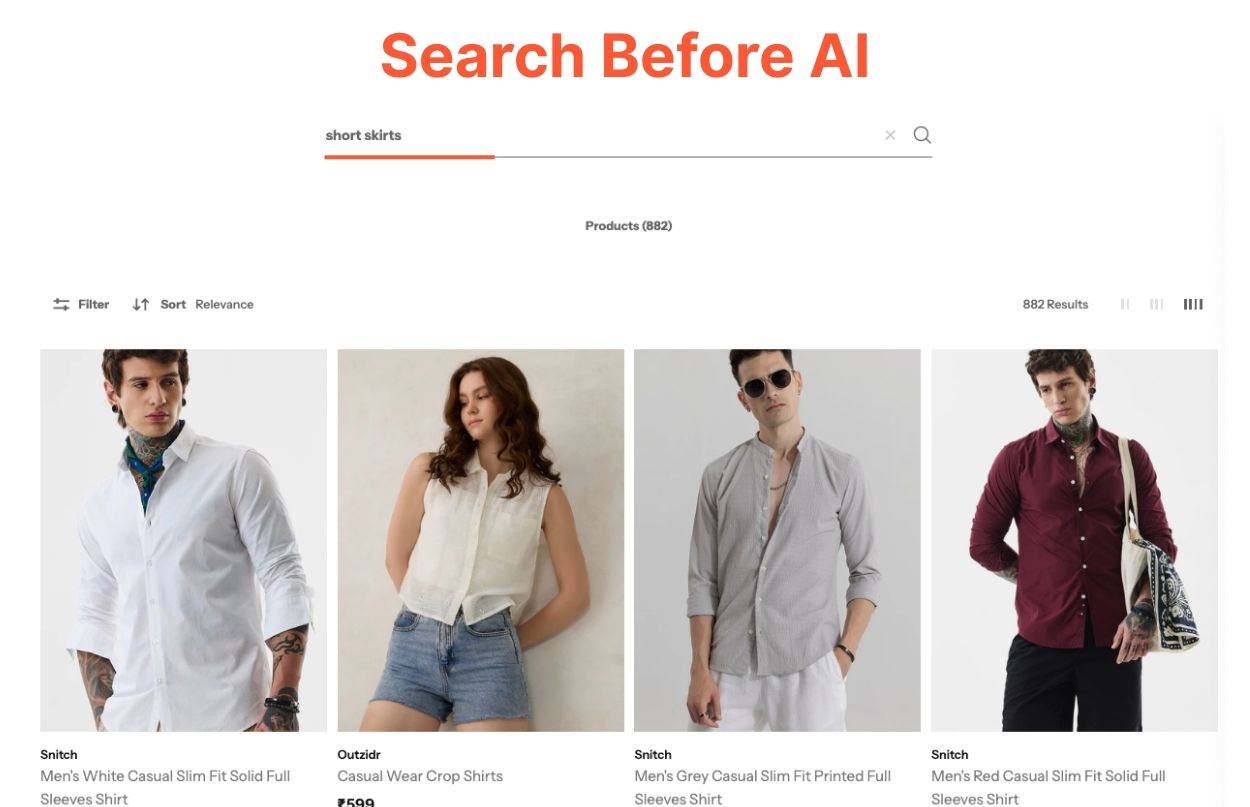
The image above shows how Zilo’s default Shopify search function worked. The keyword in the search box is “short skirts,” and yet Zilo’s search results returned irrelevant clothing products.
Their customers were frustrated, and Zilo knew this. The problem was that the search function relied too heavily on search tags, and there were two issues here:
Short skirts products are available, but not tagged as short skirts, so the search results will not show them
If the search engine could not find products with the short skirts tag, it wouldn’t know what to do—it had no contextual clue.
After the integration, the search results look like this:
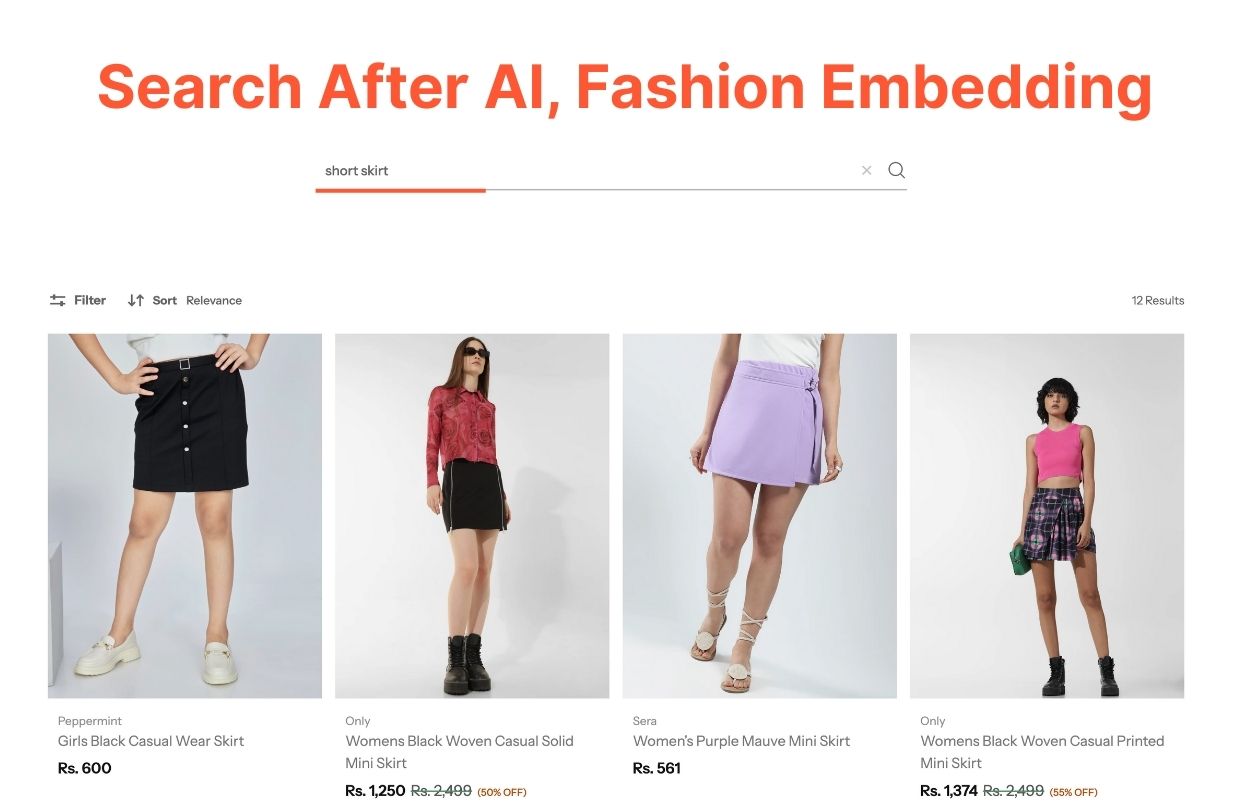 The same search word was used in this example, “short skirt.” If you observe closely, none of the product titles carry the phrase "short skirt," but they all showed up in the search results. On top of that, they are all real short skirts—the search results are accurate.
The same search word was used in this example, “short skirt.” If you observe closely, none of the product titles carry the phrase "short skirt," but they all showed up in the search results. On top of that, they are all real short skirts—the search results are accurate.
This happened because the fashion AI uses image embedding, or what is also known as AI-powered image search.
It looks at an image and understands and recognizes its concept, so it knows what it is. There is no need to tag each image as “short skirt” to make it appear if the customer searched for “short skirt.” The AI will figure it out on its own.
People have an idea of what they want to wear, but they will also need validation and guidance. Traditional fashion eCommerce stores typically do not have this.
Please watch the video below for a quick demo of the AI stylist.
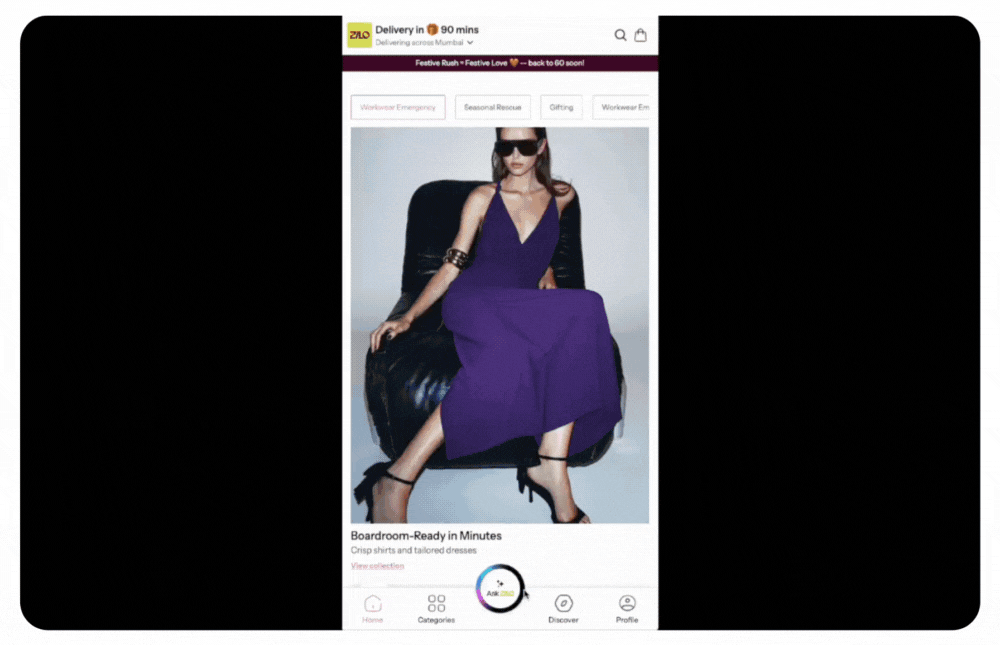
AI Stylist is a personalized shopping assistant. Customers can interact with it, and it will make personalized fashion recommendations based on what the shopper is specifically looking for.
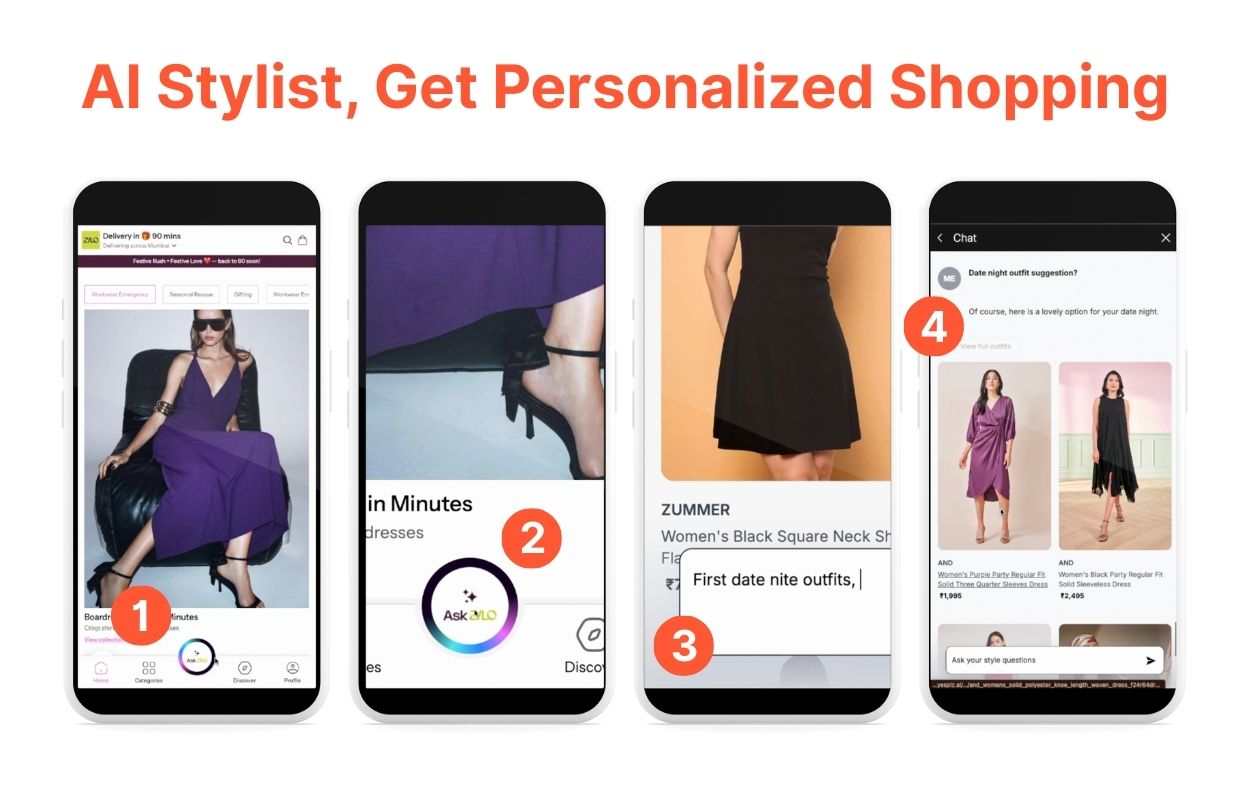
The AI assistant sits at the bottom of Zilo’s app (screenshot 1), and it can be branded, as shown in screenshot 2.
Once a shopper clicks on it, she can chat with the AI (screenshot 3). The result is personalized and curated fashion options for the shopper (screenshot 4).
It is important to note here that all the dresses shown in screenshot 4 are products found in Zilo’s catalog. In addition, there is no need to manually tag each product to make it appear if the phrase “nite outfits” was used.
The advanced fashion AI “knows” what “nite outfits” means, and it will search all of Zilo’s catalog for outfits that match this description.
Now, the only thing a shopper has to do is decide which of these dresses to buy!
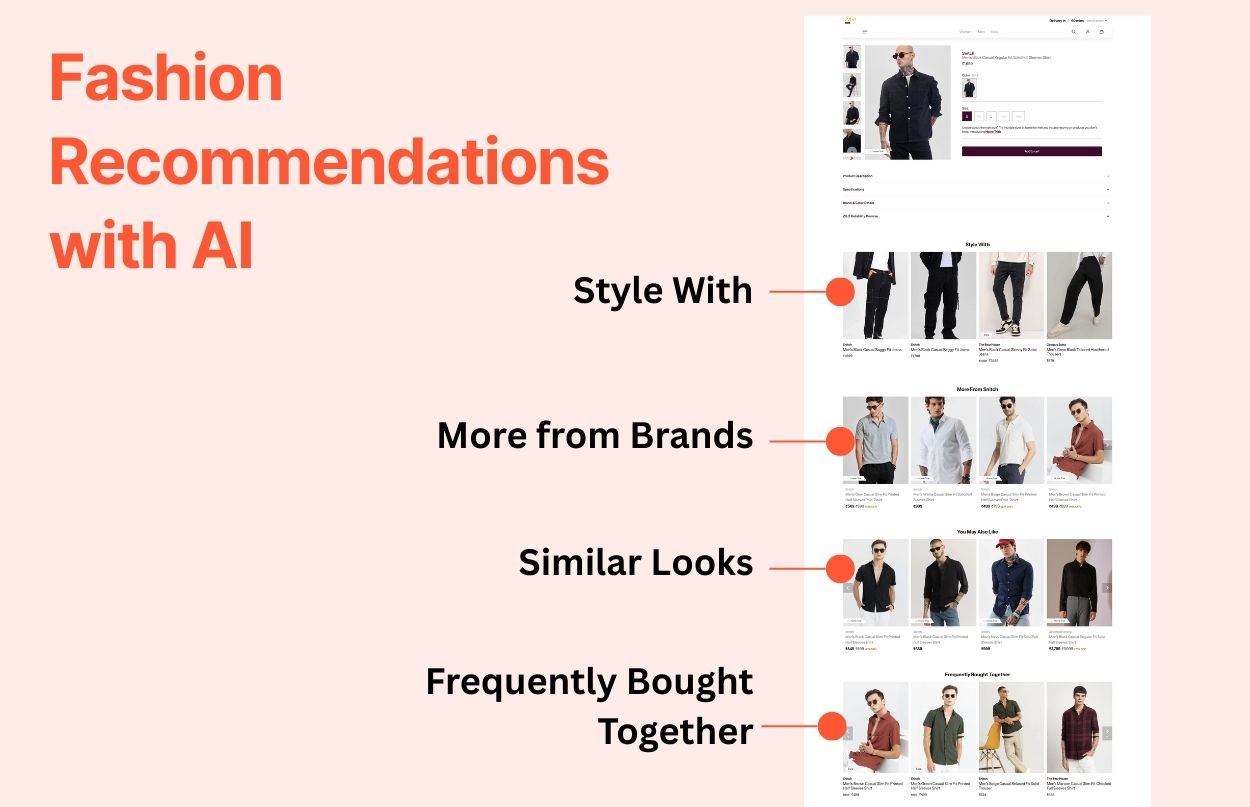 Conventional product recommendation systems are not shopper-centric. These machines merely recommend items that were selected by an eCommerce manager for recommendation, with no relevance to what the shopper is looking for.
Conventional product recommendation systems are not shopper-centric. These machines merely recommend items that were selected by an eCommerce manager for recommendation, with no relevance to what the shopper is looking for.
Shopify provides a default widget for 'similar' and 'complete the look' recommendations, but it requires merchants to manually curate them. For stores with thousands of products, curation becomes nearly impossible. With YesPlz AI, Zilo can easily deliver dynamic fashion recommendations such as:
Similar Items
Complete the Look
More from Brands
Frequently Bought Together
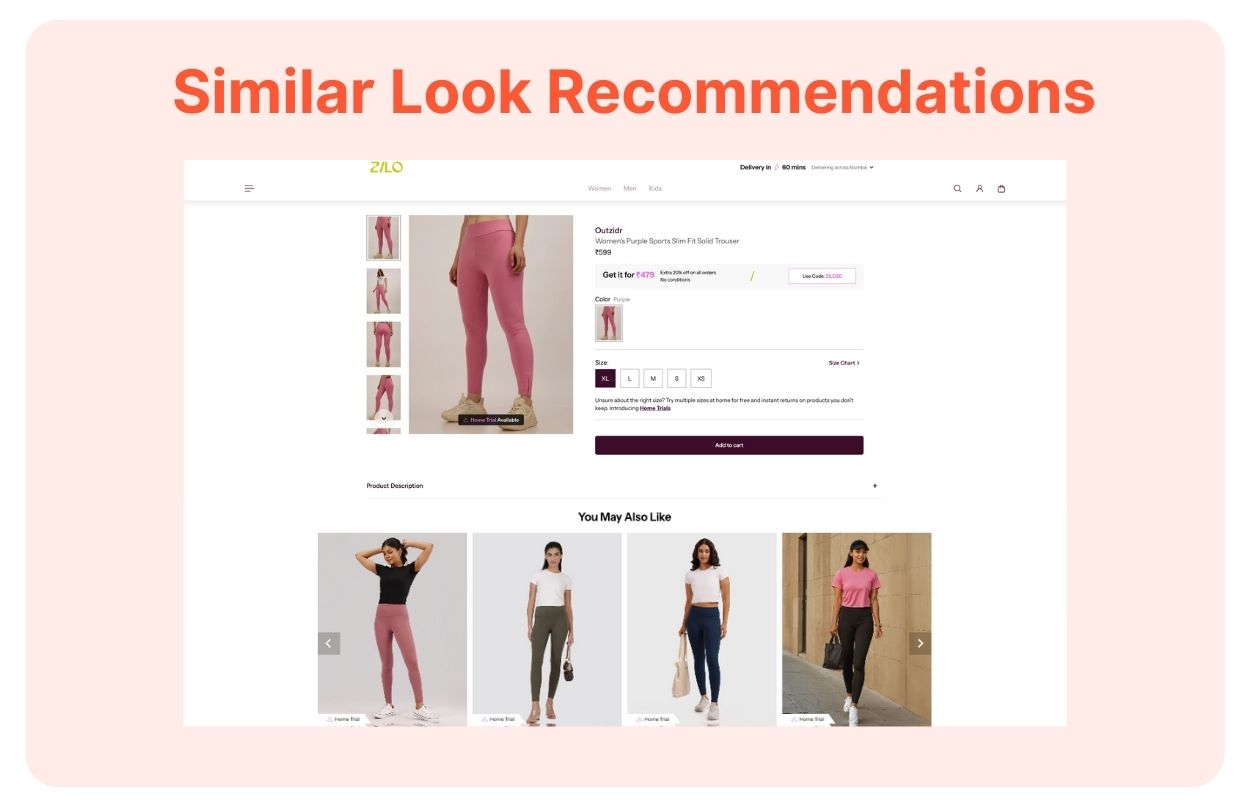 The fashion AI will recommend items similar to what the shopper is looking at. In the screenshot above, the customer was browsing for a night out dress. The AI, understanding what the shopper wants, is recommending other night-out dresses from Zilo’s catalog.
The fashion AI will recommend items similar to what the shopper is looking at. In the screenshot above, the customer was browsing for a night out dress. The AI, understanding what the shopper wants, is recommending other night-out dresses from Zilo’s catalog.
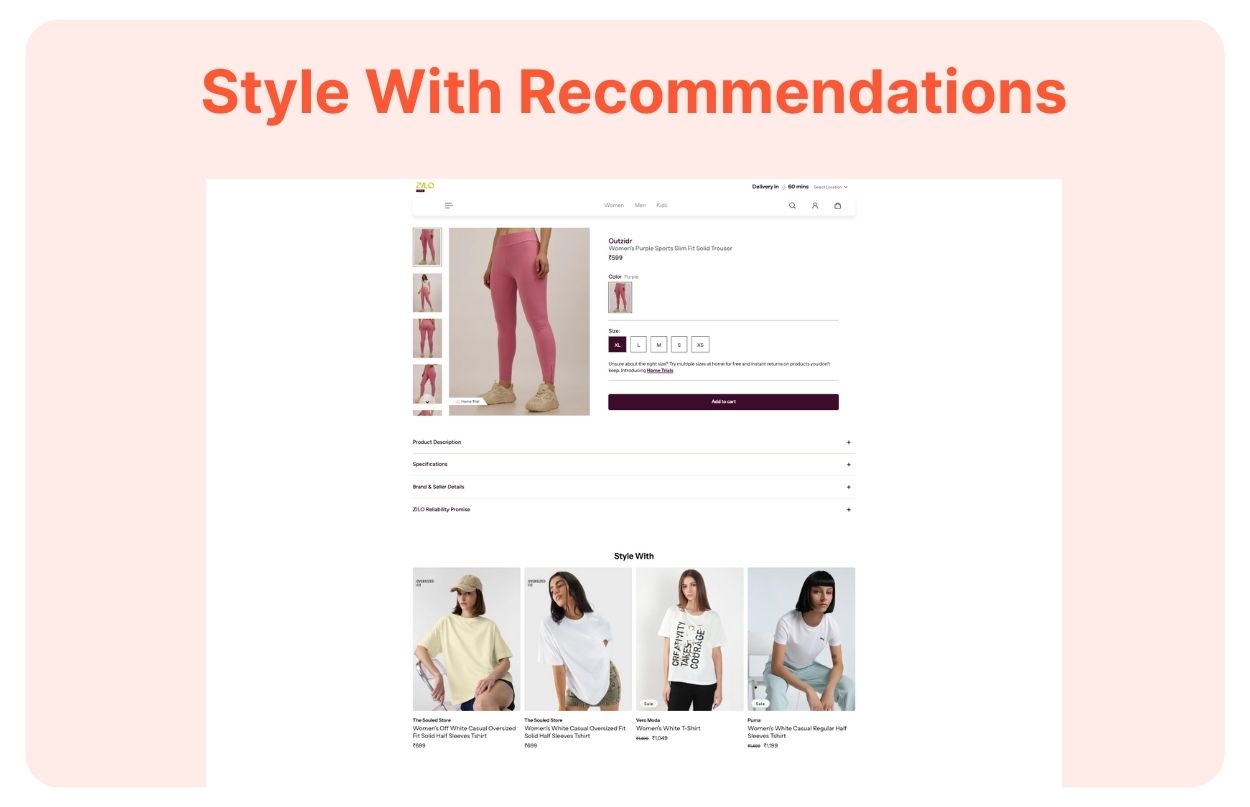
Style With is a fashion recommendations system where other items of clothing are recommended to a customer. These recommendations are not random but are related to the product the shopper is looking at.
In the example above, the shopper is considering buying the yoga pants. The fashion AI recommends a few items that will best match the pink yoga pants just below the product details.
A recommendation like this does not only expose Zilo’s other product categories but can also significantly increase their average order value. If a shopper decides to get not just the pants but also some of the recommended items, then Zilo would have earned more compared to if the recommendation was never made.
Some shoppers are brand-conscious. As such, it makes perfect sense to have a recommendation system that highlights brands.
In this case, a consumer looking at Brand A will receive recommendations for the same brand. Why would Zilo want to do this? The potential reasons are:
They want to clear inventory for a specific brand
A brand could have higher profit margins
They want to keep up with trends (the brand is trendy right now)
Whatever the reason is, the fashion AI recommendation system will make the recommendation happen, and only at the right time. Ultimately, the shopper has to make the choice which one to buy.
Frequently Bought Together, or FBT, is an excellent recommendation system that tells the shopper how other shoppers like her behaved, like what they bought together.
YesPlz uses Zilo’s shopper history to determine what other customers bought in the past. The AI will recognize patterns from the data and use these patterns to tell a new shopper what others bought in the past.
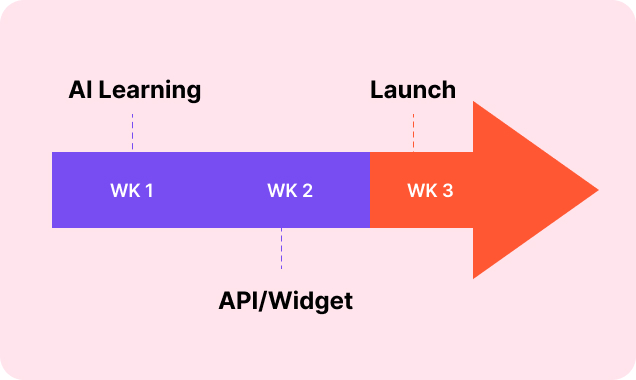 Integration and implementation are both crucial to the success of Zilo. Although the system, the fashion AI, already exists, Zilo had to deal with:
Integration and implementation are both crucial to the success of Zilo. Although the system, the fashion AI, already exists, Zilo had to deal with:
Timeliness of implementation
System reliability
Both of these were achieved in less than two months. Though there were minor technical hiccups along the way, Zilo now has a massively improved discovery system powered by AI—from search to filters to recommendations, Zilo’s consumers no longer experience the same frustration as they did before.
Did Zilo do the right thing? Yes, they did. The integration worked perfectly, and there couldn’t have been a better choice than a fashion AI that is more than capable of meeting their expectations.
Among other things, Zilo enjoyed the following benefits:
Speed-to-Market—they had massive savings on cost and time. What would have taken months of agonizing software development was condensed into weeks.
Better Customer Engagement—shoppers no longer get frustrated by irrelevant search and filtering results. Instead, they get surprised at how personalized their shopping experience has become.
Operational Efficiency—gone are the days when a person had to tag each product manually. Today, a huge chunk of all these back-end processes is relegated to the fashion AI, with the occasional checks by human personnel.
Brand Positioning—Zilo now enjoys the status of a market leader. It is one of the few eCommerce stores in India that took the lead in fashion AI transformation.
Was the AI transformation worth it? It certainly is. Zilo is now at the forefront of the changing landscape of eCommerce. Instead of fearing AI, they used it to adapt, change, and improve.
Zilo, a huge start-up fashion retailer in India, took a bold step to transform their business. They went beyond conventional computer programming and instead embraced AI and collaborated with a reliable strategic partner.
Now, they no longer have to worry about frustrated shoppers, clunky store functionalities, and expensive and time-consuming manual processes.
If you are looking forward to transforming your business in the same capacity, book a demo with us! We’ll be more than happy to show you what YesPlz AI fashion discovery solutions can do!

Written by YesPlz.AI
We build the next gen visual search & recommendation for online fashion retailers
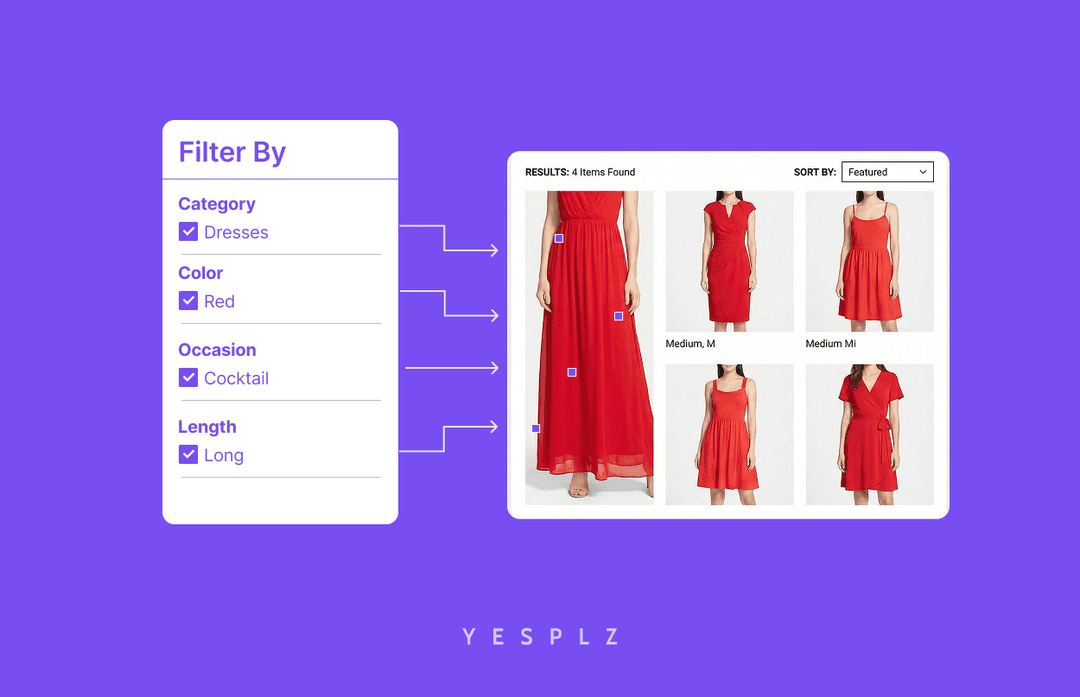
Stop losing sales to poor product filtering. Discover how AI simplifies creating Shopify filters, saving you 25-50 hours per 100 products.
by YesPlz.AI
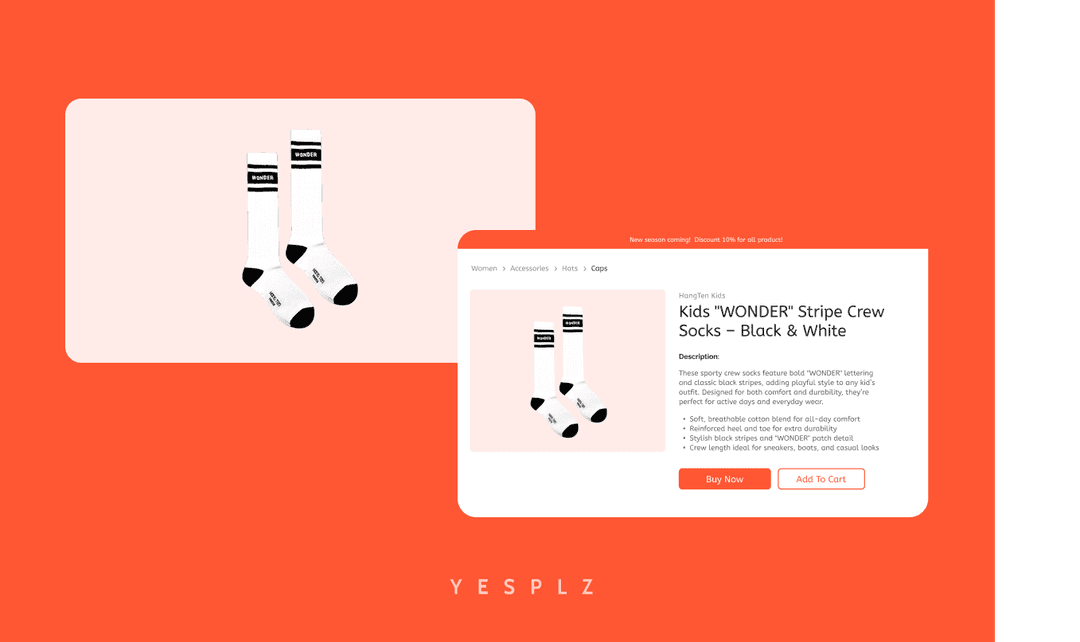
Automate Shopify product pages and cut 50–100 hours of manual work. AI generates product titles, descriptions, and metadata instantly from product images.
by YesPlz.AI